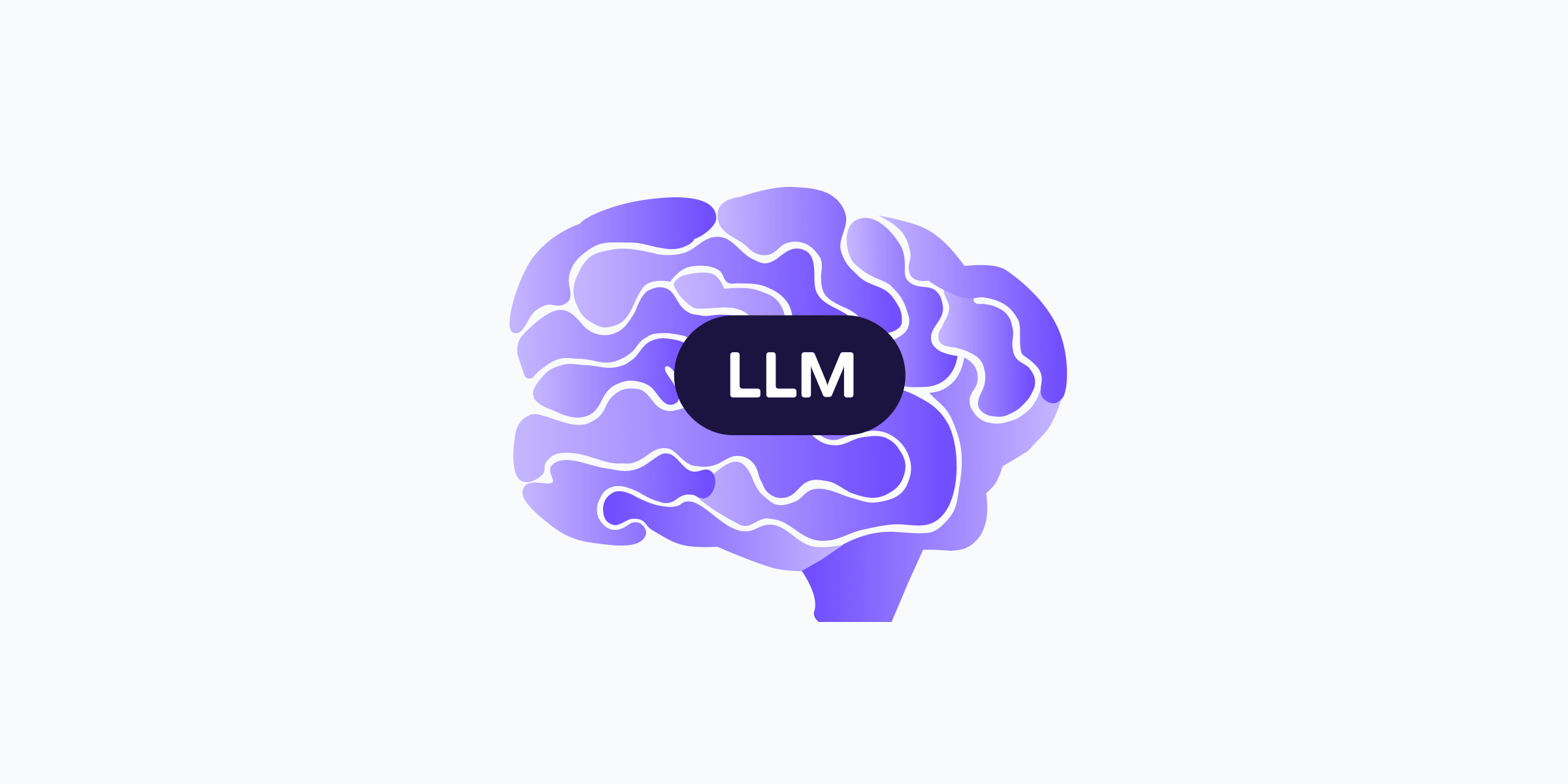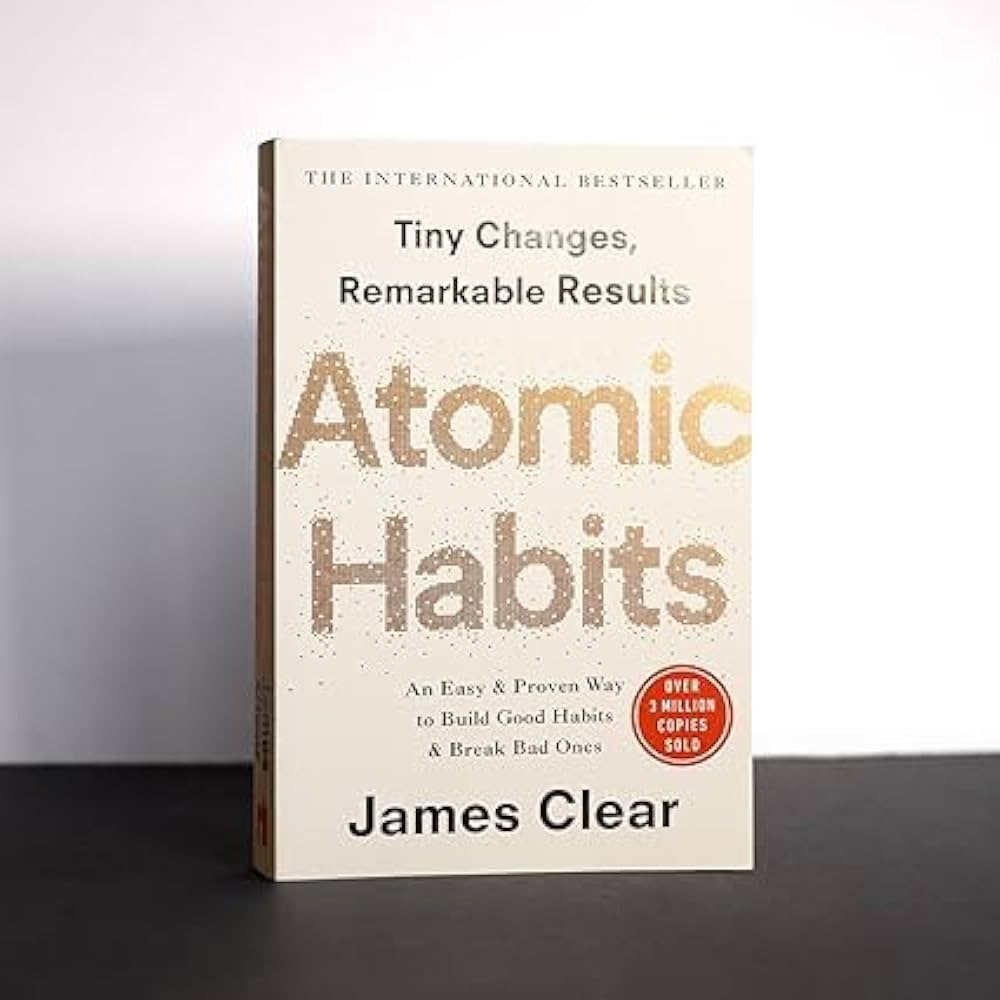How I Actually Use LLMs in Real Projects (And What I’ve Learned) If you’ve spent any time around tech blogs or LinkedIn lately, you’ve probably seen a lot of talk about Large Language Models—yep, those fancy AIs everyone calls LLMs. But let’s be honest: it’s one thing to read the hype and another to actually use LLMs in real projects. So today, I want to get real about how I’ve used LLMs in my own work, what’s surprised me, and what I wish I’d known before diving in. What Even *Is* an LLM (And Why Should You Care)? Let’s break it down. LLM stands for Large Language Model, which basically means a super-smart AI trained on a massive amount of text. Think of them as the brains behind tools like ChatGPT or Google Bard. They can write emails, help with coding, summarize documents, or even generate poetry (if you’re into that). But here’s the real question: can they actually help with your (or my) real-life projects? Spoiler: Yes, but there’s a learning curve. How I’m Actually Using LLMs in My Workflow Drafting Content: Sometimes I’ll use an LLM to spit out a rough draft of a blog post or email. It’s not always perfect, but it gets me over the “blank page” anxiety way faster. Code Help: I’m not ashamed to admit I ask AI to help me debug code or write boilerplate snippets. It’s like having a patient junior developer who doesn’t mind silly questions. Summarizing Stuff: When I’m drowning in meeting notes or research papers, I’ll paste chunks into an LLM to get the gist. Not 100% accurate, but a huge time-saver. Brainstorming & Outlining: I’ll throw a prompt at an LLM to get ideas flowing—sometimes it gives me gold, sometimes it’s a little weird, but that’s half the fun. What’s Not So Perfect (Yet)? Look, I love LLMs, but they’re not magic. Sometimes the answers are way off, or the tone is just… odd. You’ve got to fact-check and tweak. Also: privacy is a real thing to consider. I try not to paste sensitive info into these tools, because, well, you never really know where your data ends up. And don’t get me started on hallucinations (that’s AI-speak for “making stuff up”). I’ve seen some very confident but totally wrong answers. So yeah, double-check before you copy-paste. My Hard-Earned Tips for Using LLMs in Projects Start Small: Don’t throw your most critical project at an LLM on day one. Try it out on low-stakes tasks first. Be Specific: The clearer your prompt, the better the response. Vague requests get vague answers—ask me how I know! Edit and Review: Always check the AI’s output. It’s helpful, but it’s not your editor-in-chief. Think About Privacy: Don’t share anything confidential. Use anonymous or generic data when possible. Have Fun With It: Half the joy is seeing what the AI comes up with—sometimes it’s brilliant, sometimes it’s a head-scratcher. So, is using LLMs in real projects worth it? For me, it’s a big yes—but only if you go in with realistic expectations and a willingness to experiment. If you’re already using LLMs, I’d love to hear your best tips (or funniest fails) in the comments. And if you’re on the fence, maybe try it for your next small project—you might be surprised! Got questions, experiences, or wild LLM stories? Drop them below—I read every comment!
How Reading Atomic Habits Improved My Productivity I’ll admit it: I’ve always been a sucker for a good self-help book. But when I picked up Atomic Habits by James Clear, I didn’t expect it to shake up my entire approach to productivity. If you’re like me—constantly on the hunt for ways to squeeze a bit more out of every day—this book might just be the nudge you need. Let me share how it changed things for me (and how it might help you, too). Small Changes, Big Results: The Power of Tiny Habits Before reading Atomic Habits, I fell into the classic trap: waiting for the perfect time to make a massive life overhaul. James Clear’s philosophy is refreshingly simple—focus on small, consistent changes, and let the results snowball over time. It sounds obvious when you say it out loud, but trust me, it’s a game changer once you put it into practice. My First Tiny Habit—And How It Stuck I started with something embarrassingly simple: making my bed every morning. Not exactly earth-shattering, right? But that small act turned into a mini-win that set the tone for the rest of my day. Suddenly, I was stacking other good habits on top—drinking a glass of water, planning my to-do list, and (on a good day) squeezing in a quick stretch. The beauty of this approach is that you don’t need superhuman willpower. As Clear puts it, “You do not rise to the level of your goals. You fall to the level of your systems.” I found that focusing on these tiny systems made a huge difference in my overall productivity. Breaking Bad Habits: The Not-So-Fun (But Necessary) Part Of course, it’s not all sunshine and rainbows. One of the toughest lessons I learned was about breaking bad habits. Clear suggests making your bad habits invisible, unattractive, or difficult to do. For me, that meant putting my phone in another room while working—easier said than done, but the payoff was huge. My focus improved, and I actually finished tasks instead of bouncing between distractions (or endless scrolling). Why Identity Matters More Than Motivation The biggest “aha!” moment for me? Realizing that habit change is less about motivation and more about identity. Want to be more productive? Start thinking of yourself as a productive person. It sounds a bit woo-woo, but it works. Every time I made a positive choice, it reinforced my new identity—one tiny habit at a time. If you’re into productivity tips or even exploring how concepts from LLM research tie into everyday habits (don’t worry, you don’t have to be a computer scientist), the idea of building strong systems applies across the board. It’s all about stacking the odds in your favor—whether you’re optimizing code or your morning routine. Final Thoughts: Give It a Try! If you’ve been on the fence about reading Atomic Habits or just want a fresh take on productivity, I wholeheartedly recommend it. It’s not about making huge leaps overnight, but about the small wins that add up. I’m still a work in progress (aren’t we all?), but I can honestly say my days feel a little lighter and a lot more intentional. Have you read Atomic Habits? Or do you have your own favorite productivity hacks? Drop your thoughts in the comments—I’d love to hear what’s worked (or not worked!) for you. And if you found this post helpful, feel free to share it with a friend who could use a productivity boost!


